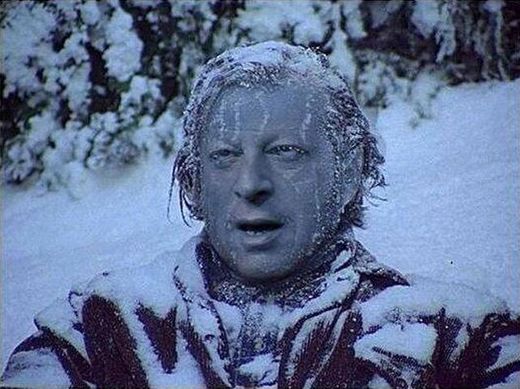
We are about to enter a very interesting period, and while I know that many of you like the cold, this next Arctic outbreak could be dangerous and even historic. I put out an article about a week ago and then one before that that basically restated that I thought that mid to late January going into February could end up being dangerously cold for the central and eastern U.S. While I have really been putting myself out on the line over these last few weeks, I am now getting a lot of forecast model support to back up what I saw coming several weeks ago. Like I said on the Facebook page, the GFS model did not handle the last Arctic outbreak that well in predicting this in the long-range, so I absolutely had no reason to believe that anything would be different this time. Yet again, many fell into the trap of using the GFS as their model of choice for their long-range forecast, and they got burned. See, weather and climate works in cycles, and you have to be able to see those cycles. If you miss that, then you're left depending on a model that dictates your forecasts, and those forecasts can change A LOT! You're at the mercy of the forecast models, and I try to never put myself in that situation.
Now that I'm getting the support of the forecast models and we're much closer to the event, I want to show you what the models are predicting. In fact, if what the forecast models are predicting for the last week of January going into February comes to fruition, then we have a historic Arctic outbreak on our way that would give us brutal cold. The Canadian model also supports a big East Coast storm later in January, which I really think could happen. From the way things are starting to look, this cold pattern could lock in, which would continue into February, and we could also move into a very stormy pattern. Many of you have commented on the Facebook page (yes, I take the time to read almost all of your comments and messages) that you were disappointed that you didn't get any snow with this last Arctic outbreak. I'm really thinking things will be different this time. No, I'm not saying that Miami, FL will get snow, but I do think many areas in the Southeast and up the East Coast will.
Comment: Apparently this snow storm came on quickly. The video below captures the first hour and 15 minutes: